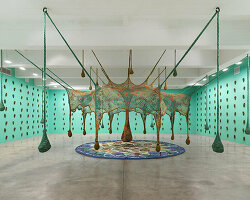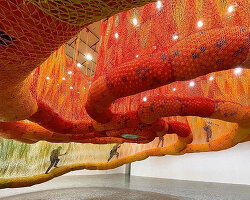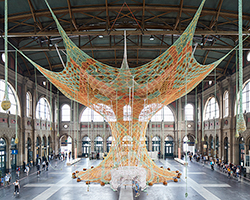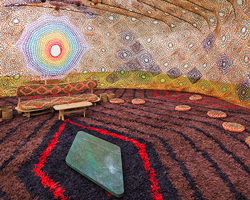KEEP UP WITH OUR DAILY AND WEEKLY NEWSLETTERS
PRODUCT LIBRARY
with behemoth installations, scandinavia's largest exhibition of anish kapoor's works opens at ARKEN museum.
connections: +390
we're getting ready for the pre-opening launching today until friday, with public access scheduled for the 20th.
connections: 12
designboom speaks with french artist JR about la nascita, his new monumental rock installation just outside milan central station.
the 'poet of iron', as dubbed by his colleagues, passed away at his home in orient, new york, after a battle with pneumonia.
connections: +110
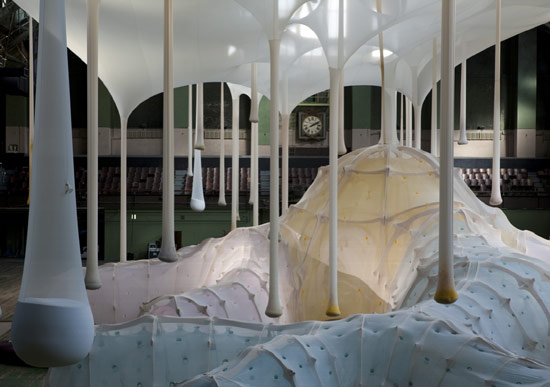
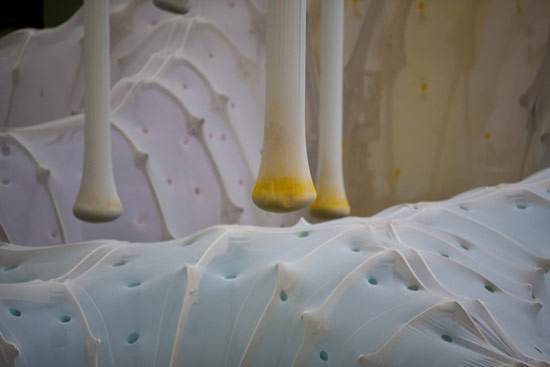 a close-up look at the transparent structure photo © james ewing image courtey of park avenue armory
a close-up look at the transparent structure photo © james ewing image courtey of park avenue armory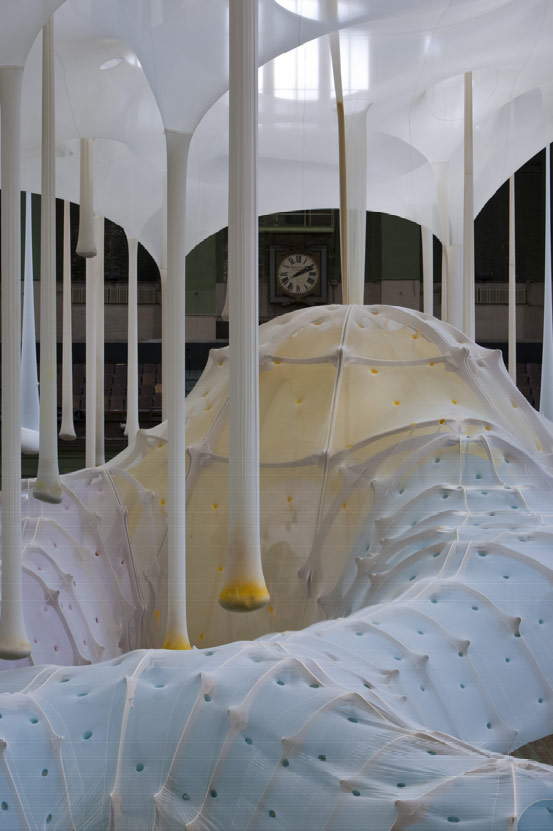 colorful, aromatic ‘stalactites’ are suspended as part of the installation photo © james ewing image courtey of park avenue armory
colorful, aromatic ‘stalactites’ are suspended as part of the installation photo © james ewing image courtey of park avenue armory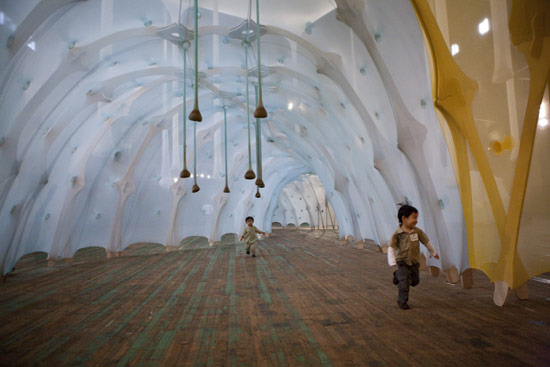 the internal canopy of the installation where visitors can interact and enjoy the installation from a different view photo © james ewing image courtey of park avenue armory
the internal canopy of the installation where visitors can interact and enjoy the installation from a different view photo © james ewing image courtey of park avenue armory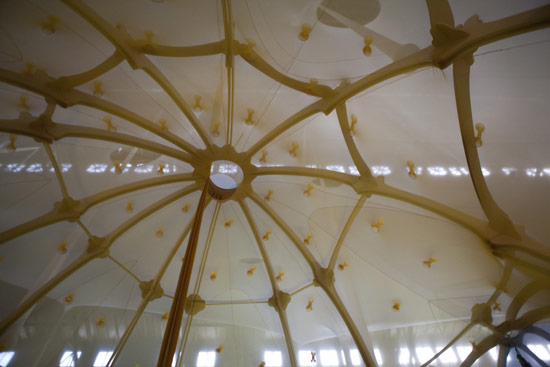 the domed top of one section photo © james ewing image courtey of park avenue armory
the domed top of one section photo © james ewing image courtey of park avenue armory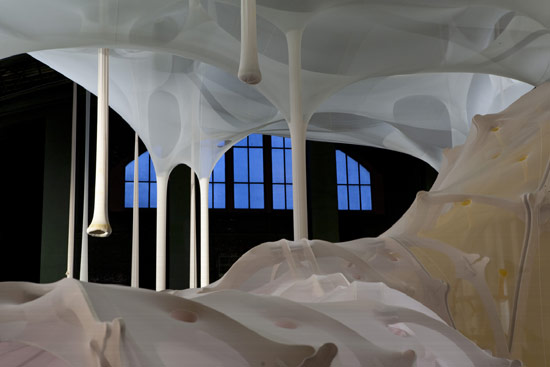 photo © james ewing image courtey of park avenue armory
photo © james ewing image courtey of park avenue armory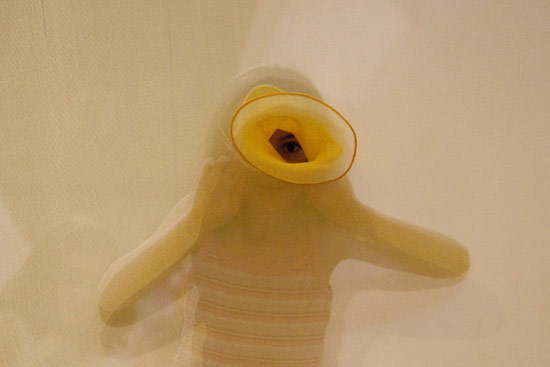 small openings found in the skin of ‘anthropodino’ allow visitors to interact with the installation photo © james ewing image courtey of park avenue armory
small openings found in the skin of ‘anthropodino’ allow visitors to interact with the installation photo © james ewing image courtey of park avenue armory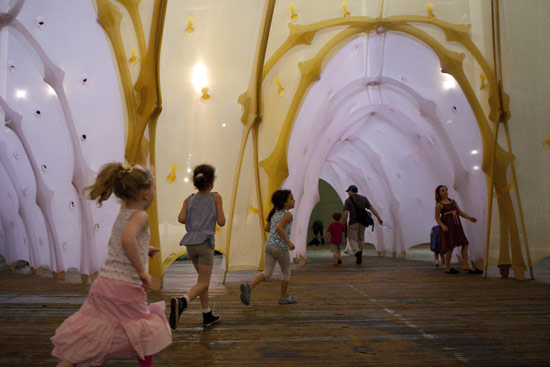 the expansive interior photo © james ewing image courtey of park avenue armory
the expansive interior photo © james ewing image courtey of park avenue armory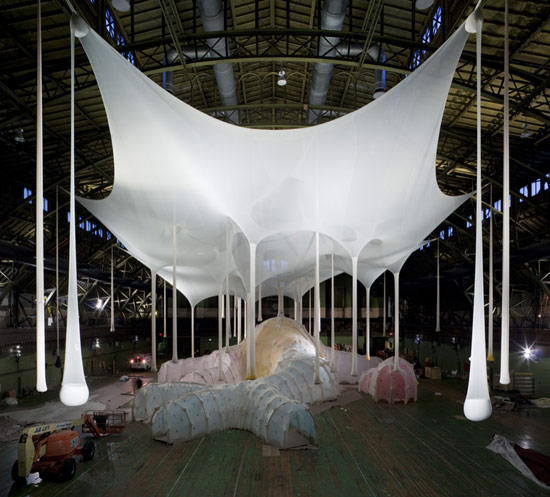 ‘anthropodino’ consuming the armory’s wade thompson drill hall photo © james ewing image courtey of park avenue armory
‘anthropodino’ consuming the armory’s wade thompson drill hall photo © james ewing image courtey of park avenue armory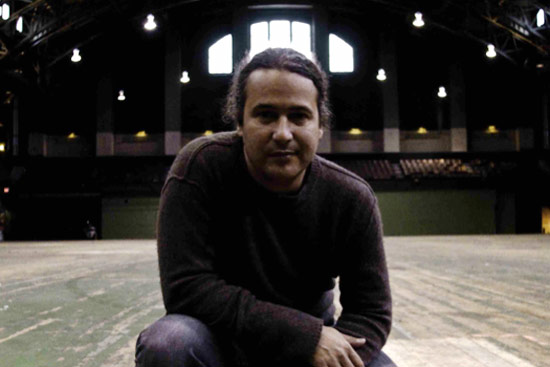 portrait of ernesto neto photo © adriana botero image courtey of park avenue armory
portrait of ernesto neto photo © adriana botero image courtey of park avenue armory